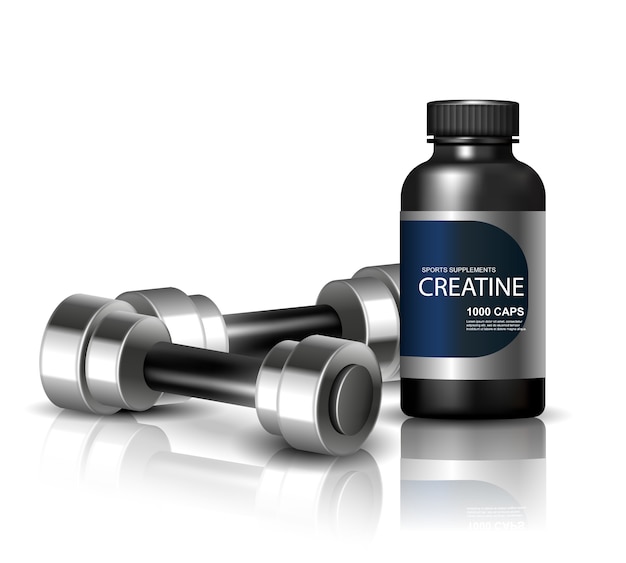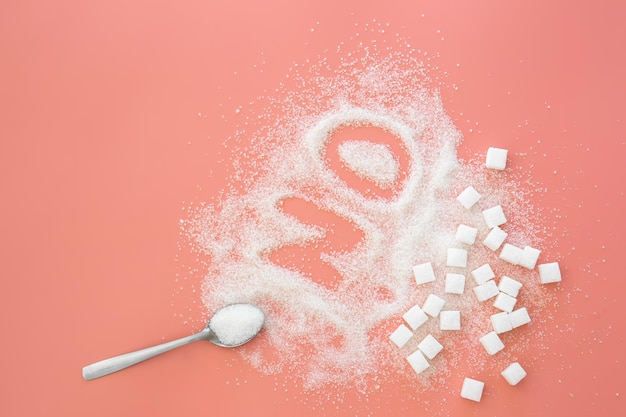Once labeled a 'gym bro' staple, creatine is breaking stereotypes and becoming a mainstream wellness essential—especially among women and older Americans.

For decades, creatine was pigeonholed as a muscle-building supplement exclusively for young male weightlifters. Shelves in supplement stores were lined with flashy packaging targeting gym enthusiasts, reinforcing the idea that creatine was not for everyone. But that perception is rapidly changing.
Today, creatine is shedding its niche image and emerging as a go-to wellness supplement for a much broader demographic—particularly women and older adults. As new research highlights its cognitive, metabolic, and muscular benefits beyond the gym, sales are surging. The shift isn’t just cultural; it’s scientific, social, and economic.
Creatine is a naturally occurring compound found in small amounts in foods like meat and fish and synthesized in the liver, kidneys, and pancreas. It plays a crucial role in energy production, particularly during short bursts of high-intensity activity, by helping regenerate ATP—the body’s primary energy currency.
While its performance-enhancing effects in resistance training are well-documented, recent studies suggest benefits that extend far beyond muscle growth. Research indicates creatine may support brain health, improve glucose metabolism, reduce fatigue, and even protect against age-related muscle loss—making it highly relevant for older populations and women navigating hormonal shifts.

Historically, women were underrepresented in creatine research, leading to misconceptions about its safety and efficacy for them. Many feared bloating or weight gain—side effects that are often overstated or misunderstood. But as more gender-inclusive studies emerge, so does the evidence that women can benefit significantly.
For women in midlife and perimenopause, creatine offers a compelling advantage: it helps counteract the natural decline in muscle mass and strength. Hormonal changes during this phase can accelerate sarcopenia (age-related muscle loss), increasing the risk of falls and metabolic slowdown. Creatine, when paired with resistance training, has been shown to enhance strength gains and improve body composition in this group.
Additionally, early research suggests creatine may support cognitive function, particularly in sleep-deprived or stressed individuals—common experiences for many women balancing work, family, and personal health. Some studies even point to potential mood-stabilizing effects, though more research is needed.
As the U.S. population ages, maintaining independence and mobility becomes a top health priority. Sarcopenia affects up to 10% of adults over 60, and that number climbs with age. Enter creatine: a low-cost, well-tolerated supplement that, when combined with exercise, can help preserve muscle mass, improve functional performance, and enhance quality of life.
Clinical trials have demonstrated that older adults taking creatine alongside resistance training gain more muscle and strength than those on placebo. Some evidence also suggests it may improve bone density and reduce inflammation—key factors in healthy aging.
Unlike many anti-aging supplements with limited scientific backing, creatine has over three decades of research supporting its safety and efficacy. It’s also relatively inexpensive, making it accessible to a wide range of consumers.

The changing consumer base has driven a transformation in how creatine is marketed. Brands are moving away from hyper-masculine packaging and instead promoting it as a clean, science-backed wellness aid. You’ll now find creatine in ready-to-drink smoothies, beauty blends, and even cognitive support formulas.
Social media has played a pivotal role. Influencers in the wellness, fitness, and midlife health spaces are normalizing creatine use among women and older adults. Educational content explaining dosage, timing, and benefits—without the bro-science jargon—has made the supplement more approachable.
Market analysts report double-digit growth in creatine sales over the past three years, with a significant portion driven by non-traditional users. Retailers note increased demand in suburban and urban markets, often linked to women’s health and active aging trends.
According to industry reports, online searches for 'creatine for women' and 'creatine over 50' have surged, outpacing general interest in the supplement. This shift is not just anecdotal—it’s reflected in product development, with companies launching gender-neutral, flavored, and easy-to-mix formulations.
Creatine is one of the most studied supplements in sports nutrition, with a strong safety profile when used as directed. The most common form, creatine monohydrate, is effective, affordable, and well-tolerated.
That said, individuals with kidney disease should consult a healthcare provider before use. For most people, a daily dose of 3–5 grams is sufficient. Staying hydrated is also recommended, as creatine increases water retention in muscles.
Creatine’s evolution from gym staple to wellness essential reflects a broader trend: consumers are demanding evidence-based, functional products that support long-term health. As research continues to uncover its potential in brain health, metabolic function, and aging, creatine’s appeal is likely to grow even further.
The stigma is fading. Creatine is no longer just for bodybuilders—it’s for anyone looking to stay strong, sharp, and resilient at every stage of life.

Wellness

Wellness

Wellness

Wellness

Health

Health

Wellness

Health

Health

Health

Health

Health

Health

Fitness

Health

Health